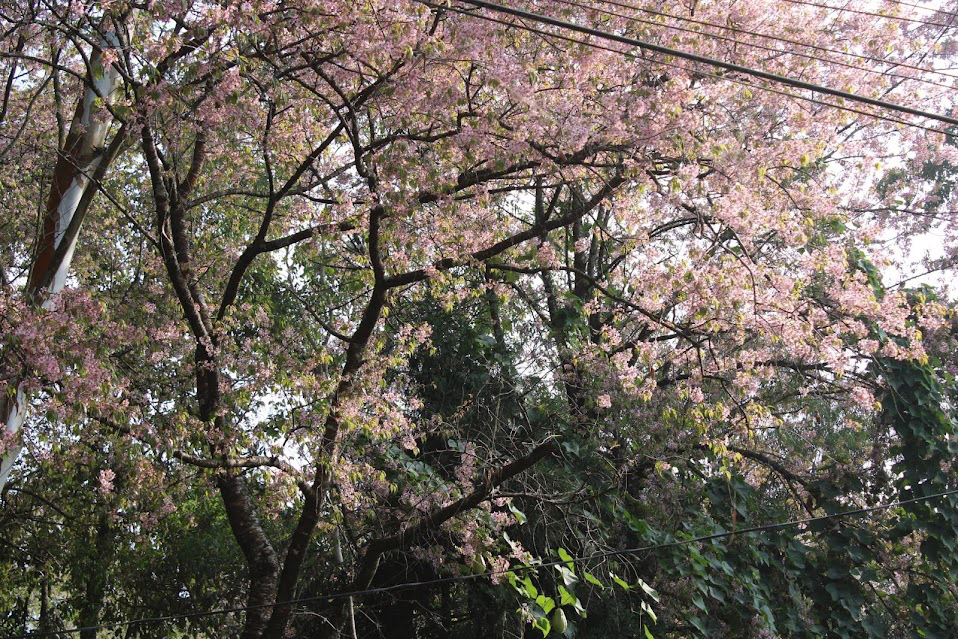KHASI TRAP: CULTURE AND HISTORY
Introduction:
Nestled in the picturesque landscapes of Northeast India lies the enchanting state of Meghalaya, home to the vibrant and diverse Khasi community. With a unique cultural identity shaped by their rich heritage, the Khasi people have managed to preserve their customs, traditions, and way of life. In this blog, we embark on a journey to explore the captivating facets of Khasi culture and delve into the essence of their vibrant traditions.
Origins and History:
The Khasi people are one of the significant indigenous communities of Meghalaya, known for their distinctive language, Khasi, and their matrilineal social system. Historically, they have inhabited the Khasi and Jaintia Hills regions, forming one of the oldest ethnic groups in Northeast India. The Khasi people take immense pride in their ancestral lineage, tracing their roots back to the Austroasiatic migration thousands of years ago.Matrilineal Society:
A distinguishing aspect of Khasi culture is its matrilineal social structure. In Khasi society, lineage and inheritance are passed through the female line. The youngest daughter (Ka Khadduh) inherits family property and carries forward the family name. This unique system empowers women and grants them significant roles in decision-making within the family and community.Folklore and Oral Tradition:
Khasi culture is rich with captivating folklore and oral traditions. These oral narratives, often recited by skilled storytellers known as "Khadar Bad," carry the wisdom, history, and moral values of the community. From tales of mythical creatures like the "Ka Nam" (water spirits) to stories of heroic figures, these narratives provide a window into the Khasi worldview and their deep connection to nature.



Comments
Post a Comment